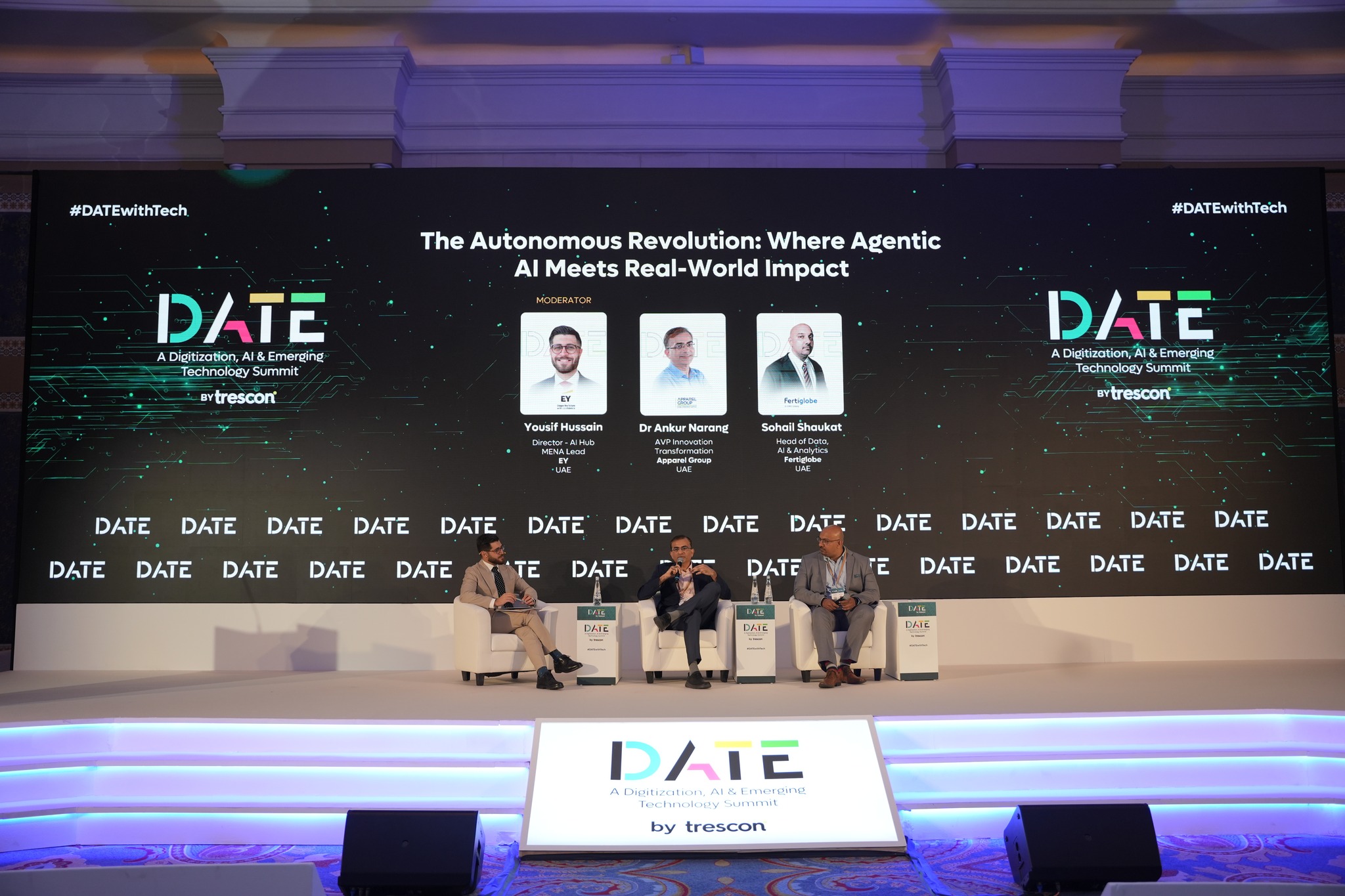In a Wall Street Journal opinion published July 30, 2025, tech economist Nicholas H. Christakis argues that artificial intelligence is quietly contributing at least $97 billion annually in economic value—even though this gain isn’t yet visible in gross domestic product figures.
💡 Why We’re Seeing AI’s Economic Effect Lag
- GDP misses intangible productivity
Traditional economic measures don’t capture AI’s ability to significantly cut labor hours, improve precision, or automate complex decision-making—making generative AI’s true value often invisible in GDP data. - Value hidden in workflows
AI tools like automated customer support or writing assistants dramatically boost worker efficiency, lowering time spent per task. While every individual gain is small, the aggregate benefit across industries easily amounts to tens of billions.
📊 What This $97 Billion Figure Means
- A conservatively estimated bottom line
The $97B represents AI-enabled time savings, reduced errors, and higher throughput across sectors—excluding future gains from entirely new business models or products. - A starting point, not the summit
Macro forecasts suggest AI has the potential to lift global economic output by up to 16% (~$13 trillion) by 2030
🔎 Reframing Productivity: AI as a Digital Labor Force
- Invisible production factor
Economics typically classifies AI-driven automation under Total Factor Productivity (TFP), a broad residual. Emerging research suggests treating AI as a standalone production input—“digital labor”—could better quantify its effect - Complementary human labor still essential
A December 2024 study shows demand for skills like creativity, ethics, and teamwork is increasing, even as routine tasks decline—indicating AI complements, not replaces, human labor
🛠 Why This Thought Matters for Policy & Strategy
- Policy lag can misallocate resources
If governments calculate growth or tax revenue based on traditional metrics, they risk underestimating AI’s impact—and potentially misaligning infrastructure or talent investments. - Enterprises should adapt benchmarking
Businesses need new internal KPIs—task hour reductions, decision accuracy gains, churn savings—to truly measure how AI contributes.
✅ Bottom Line
Artificial intelligence is delivering massive productivity gains, but they’re largely hidden from current economic indicators. The $97 billion estimate is a lower-bound snapshot of these benefits today. Accurately recognizing AI—whether as digital labor or complementary drive—will reshape how policymakers and leaders account for value generation in the digital age.





